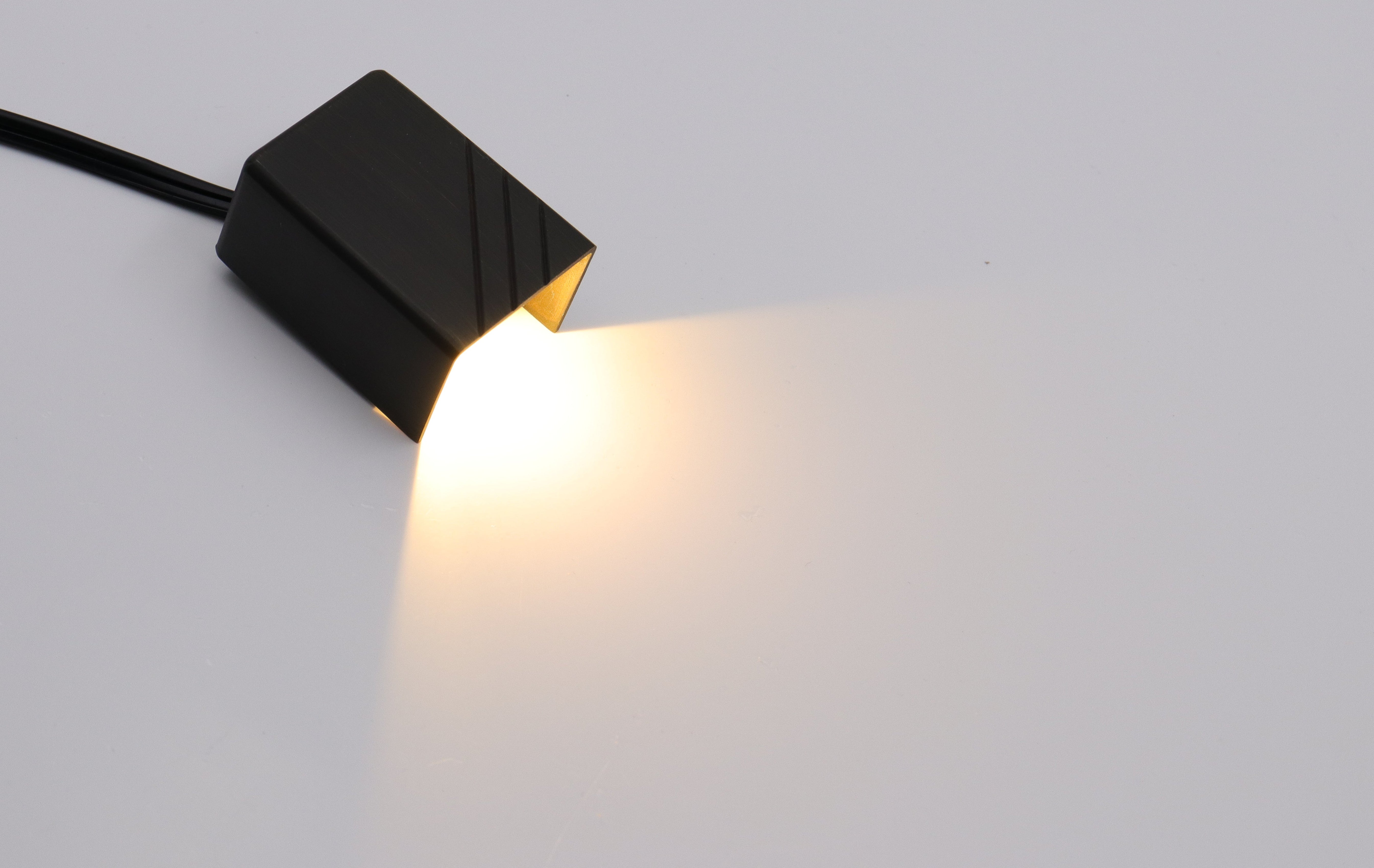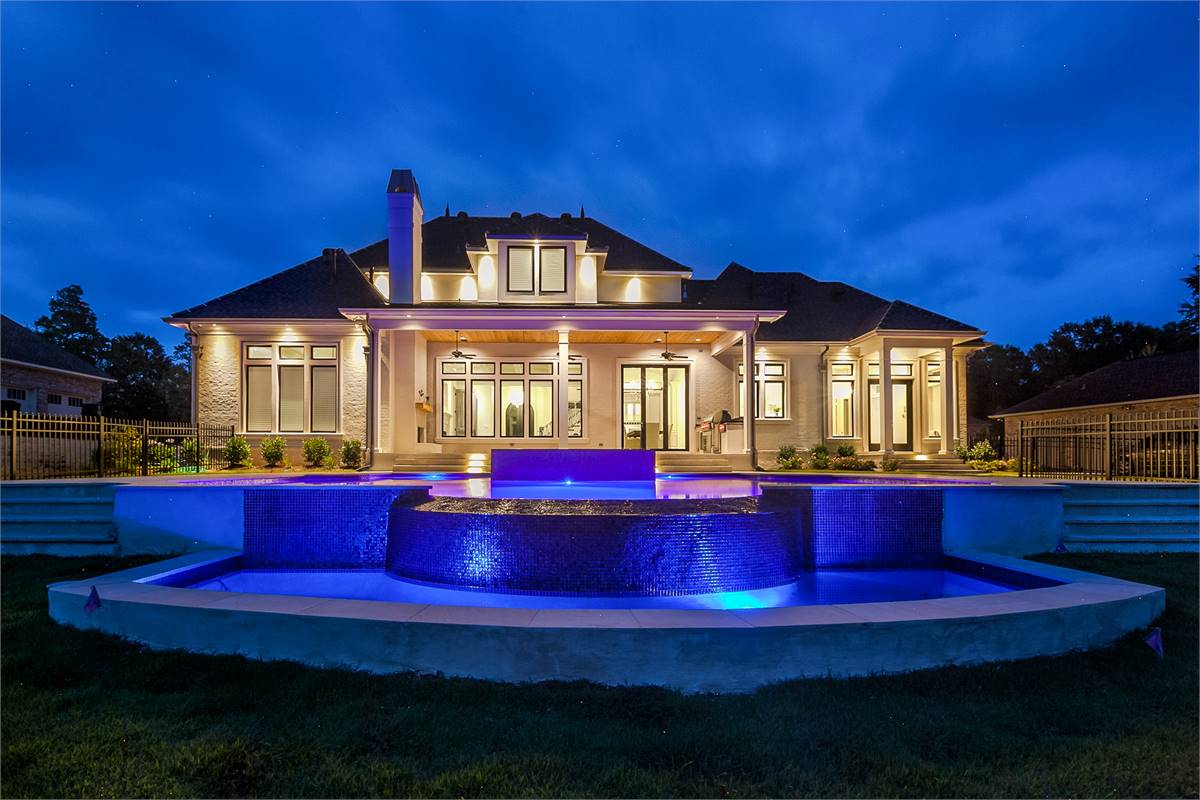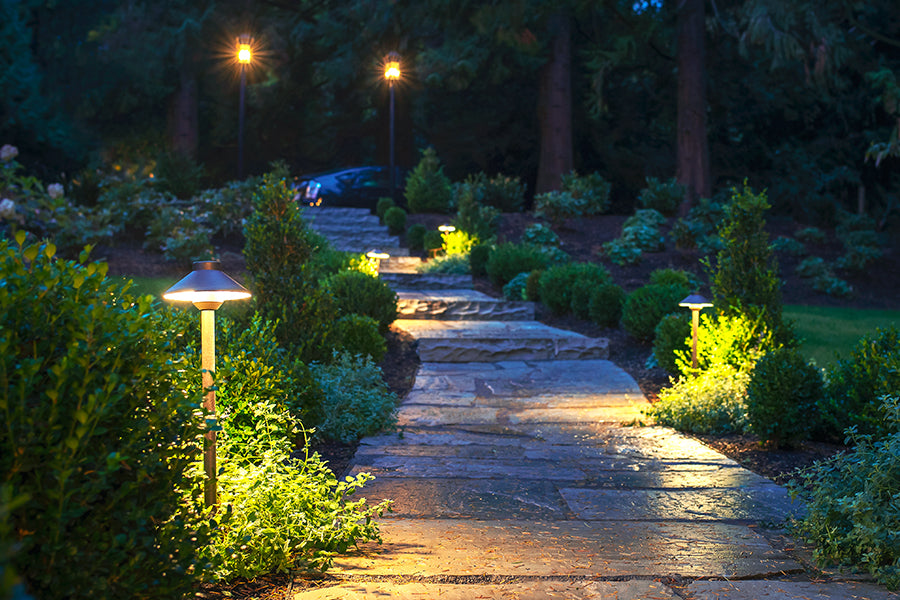Spending time outdoors on a warm night can be an enjoyable experience. However, one thing that can put a damper on outdoor fun is bugs swarming around lights. Mosquitos, moths, and other flying insects are naturally drawn to light sources at night. This can make having outdoor lighting annoying when you're trying to relax or host guests. Luckily, there are steps you can take to deter bugs from flocking to your outdoor lighting. In this blog post, we'll cover why bugs are attracted to lights and provide tips on how to keep them at bay.
Why Are Bugs Attracted to Outdoor Lights?
To understand how to deter insects from outdoor lighting, it helps to first look at why they're attracted in the first place. Flying insects use light from the moon and stars to navigate at night. When artificial lights are introduced, it confuses them and draws them in. Bright lights throw off their natural navigation systems.
Another reason bugs swarm around bulbs is that they mistake them for the moon or food sources. Moths, for example, use moonlight to stay oriented and identify night-blooming flowers. The ultraviolet wavelengths put out by mercury vapor or fluorescent lights can mimic those cues. This fools moths into thinking they've found nectar sources.
Overall, insects are wired to seek out light as a means of navigation or locating resources. Placing outdoor lighting disrupts their natural behavior and causes them to congregate around the unnatural light sources.
Explore more reasons of bugs Attracted to Outdoor Lights: Why are Insects Attracted to Light?
What Kind of Bugs Are Most Likely Attracted to Outdoor Lights?
While all bugs are drawn to light sources at night, some are more prone to swarming light fixtures than others. Here are some of the main offenders:
- Moths: As mentioned, moths heavily rely on light from the moon and stars for orientation. They also forage for nectar at night. Outdoor lights that emit UV wavelengths are especially attractive.
- Mosquitos: These blood-sucking pests are attracted to light, warmth, carbon dioxide, and human scents. Outdoor lighting near patios and deck areas baits mosquitoes in.
- Mayflies: During May and June, mayflies emerge as adults to mate. They use light to navigate and locate mates, which pulls them toward illuminated areas.
- June bugs: Much like mayflies, June bugs are attracted to light during their adult mating phase in early summer. Any outdoor lighting can lure them in.
- Fruit flies: While they're most active during the day, fruit flies do respond to lights at night when seeking out food sources. Fruit trees or compost piles near lights may draw in more of them.
Knowing the usual suspects that flock to outdoor lighting in your area will help you take precautions to keep them at bay. Moths tend to be the most ubiquitous light-obsessed insect.

Are Bugs Attracted to Outdoor Lights in Cold Weather?
No, bugs are generally less attracted to outdoor lights in cold weather for a few key reasons. Insect activity and metabolism decrease in chilly temperatures, so there are fewer bugs flying around that could be drawn to lights. Cold weather also reduces total insect populations, as some die off or hibernate while fewer new bugs are born. The bugs that are still around in winter react and move more slowly in the cold, making them less likely to rapidly swarm around outdoor lights.
Certain light types, like solar-powered and motion-sensor lights that emit quick bursts, also attract fewer bugs than permanently glowing lights. While some cold-tolerant bugs may still be lured to warm outdoor lights on warmer winter days, overall, there is significantly less light-seeking bug activity in cold temperatures compared to the swarming attraction seen in summer months.
What Outdoor Lights Don't Attract Bugs?
When designing an outdoor lighting plan, it's important to select fixtures and bulbs that don't turn your yard into a bug buffet. The key is choosing options that minimize light emissions at wavelengths that strongly attract insects. With strategic choices, you can illuminate spaces without swarms of pests.
Yellow Bulbs
Of all color lights, yellow bulbs are the least attractive to night-flying insects. Outdoor string lights or porch lights that emit a yellowish glow can provide general illumination while deterring bugs. Warm yellow tones don't disrupt natural bug navigation and foraging patterns driven by moonlight and starlight. This makes them ideal for bug-free lighting.
LED Fixtures
LED lighting has become popular for its energy efficiency and longevity. Another perk is that LEDs emit very little ultraviolet light compared to incandescent or fluorescent bulbs. UV rays are particularly irresistible to insects, mimicking the draw of the moon and floral reflections. Outdoor LEDs in a cool white color temperature have a clean, minimal glare that bugs find less tempting. For those seeking high-quality LED lighting solutions, Coloer.com offers a comprehensive collection of LED products suitable for various applications.
Low-Wattage Bulbs
Keep the lighting dimmer to avoid pulling in swarms from all directions. Lower-wattage 40W to 60W bulbs generate less glare and attraction.
Shielded Fixtures
Covered light fixtures prevent bugs from directly contacting the bulbs. Lantern-style shades, frosted glass, and other covers allow filtered illumination while blocking the full glare.
Motion Sensor Lights
The lights stay off until briefly triggered by movement, giving insects little time to swarm at the sudden illumination. Less opportunity to notice the light makes your yard less intriguing to bugs.
By evaluating these smart options, you can enjoy outdoor living spaces safely illuminated while minimizing pesky insects that crash the party. A strategic approach makes all the difference.

Top Tips on Keeping Bugs From Outdoor Lights
Even if you already have outdoor lighting installed, there are easy ways to modify and supplement your current setup to make it less irresistible to insects.
Regular Cleaning
Make a habit of cleaning around outdoor light fixtures to remove food particles or dead bugs that may attract more insects.
Strategic Placement
Keep lighting away from areas like ponds or compost piles where insects congregate naturally.
Air Circulation
Install fans around your deck or patio lights to disrupt insect flight patterns.
Smart Bulb Options
Use WiFi-enabled bulbs to control brightness and schedule lighting based on your needs.
Natural Repellents
Mist diluted essential oils like citronella or eucalyptus near light sources to keep bugs at bay.
Other outdoor lighting tips: 10 Tips for Choosing the Perfect Outdoor Lighting for Your Home

Accessories That May Help Deter Bugs From Outdoor Lights
- Bug Zappers: Use electric bug zappers to attract and eliminate bugs before they get to your gathering space.
- Fans: Install outdoor ceiling or ground fans to make it harder for bugs to fly and land.
- Lamp Covers: Use mesh covers or diffusers to block UV rays and prevent bugs from reaching the bulbs.
- Essential Oil Diffusers: Run diffusers near lights with oils like citronella or peppermint to create a bug-repellent zone.
Conclusion
Having to constantly battle swarms of moths, mosquitoes, and other insects around outdoor lighting can put a damper on enjoying balmy nights outdoors. But with the right strategies, you can deter bugs away from your patio, deck, or garden lights. Start by selecting warmer-toned bulbs in covered fixtures to minimize attraction. Also, incorporate natural scented repellents and smart landscaping to make your yard less inviting. With a few tweaks, you'll have an outdoor oasis free of annoying bugs flocking to your lighting.
Read More: What is the Best IP Rating for Outdoor Lighting? 2023 Updated






Leave a comment
All comments are moderated before being published.
This site is protected by hCaptcha and the hCaptcha Privacy Policy and Terms of Service apply.